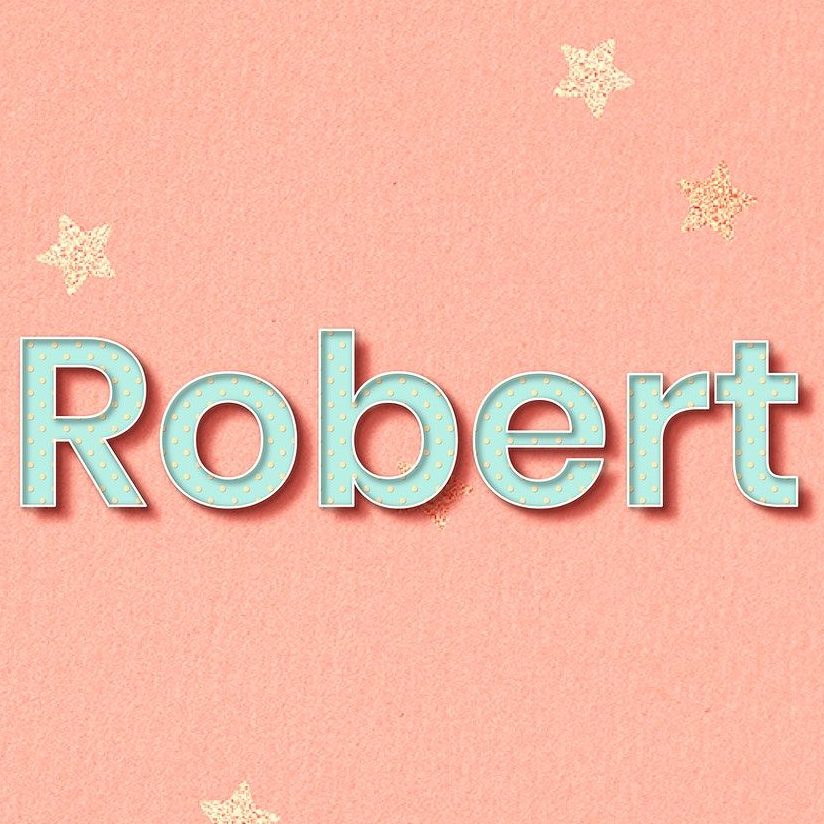Families wealthy enough to pay inheritance tax could save a total £15.4billion over the next three years if the rate was slashed to 20 per cent, it is estimated.
If it was cut from 40 per cent to 30 per cent instead, the saving to people inheriting larger estates would cost the Treasury £7.7billion.
Chancellor Jeremy Hunt is reportedly considering a shake-up of inheritance tax in his pending Autumn Statement, and another of his options is raising the £325,000 threshold to £500,000 for everyone, instead of limiting this generous extra perk to homeowners with children.
That would cost the Treasury the least, at £6billion between 2024/25 and 2027/28, but it would lift 12,500 families a year out of paying any inheritance tax, according to calculations by financial services firm Quilter.
Reducing the headline rate from 40 per cent would mean the same number of estates pay inheritance tax but their bills would be cut, it says.
> Ten ways to avoid inheritance tax (legally)
Related Articles
HOW THIS IS MONEY CAN HELP
Some 4 per cent of families pay inheritance tax – 27,000 in the 2020/21 tax year – but it is unpopular with the public who consider it a tax on death, property and the natural desire to pass wealth down the generations.
Meanwhile, receipts have soared because frozen thresholds and the property price boom are catching more bereaved people in the net.
And the trends are heading in very much the wrong direction for wealthy taxpayers, especially those who own a home in a price hotspot.
The latest HMRC data for April to September show payments from inheritance tax were £3.9billion, up £400million from the same period last year.
The Conservative party is understood to be considering initially slashing the tax, then promising to abolish inheritance tax altogether in its manifesto, in a bid to drum up votes at the next election.
Quilter says rumours ahead of the Autumn Statement on 22 November have suggested the Government might look to tweak inheritance tax rules by potentially lowering the headline rate of 40 per cent or by increasing ‘nil rate band’ threshold (see the box on the right).
It notes this has been set at £325,000 since 2009, while the ‘residence nil rate band’ started being phased in from 2017, and now creates a threshold of £500,000 (or £1million for a couple) leaving property to direct descendants.
Quilter explains that the latter band has been criticised for its complexity and restrictiveness, and its exclusion of single childless people who cannot use it to pass on their property to other relatives or friends.
Shaun Moore, tax and financial planning expert at the firm, says: ‘Making moves to modernise inheritance tax could be a real rabbit out of the hat moment for Jeremy Hunt at the Autumn Statement.
‘Despite inheritance tax being paid by only 4 per cent of the nation it is a tax that many people find egregious.
‘Therefore, any changes could help garner the Conservatives some much needed popularity ahead of next year’s general election.
‘What is clear is that not all changes to the current inheritance tax system are made equally.
By increasing the NRB and scrapping the RNRB it serves to remove complexity from an area of taxation desperately in need of simplification while not costing the government a huge amount over the long term.
They essentially can look generous while not actually giving that much away.
‘Reducing the headline rate of tax would help reduce bills which would no doubt be popular, but it could be costly for the Government and people will still get landed with a inheritance tax bill.
‘If any changes are announced any benefit could be short-lived as if Labour does form the next government it has already stated that it would reduce some of the inheritance reliefs available such as business property relief and agricultural property relief.’
Sian Steele, head of tax at wealth manager Evelyn Partners, says: ‘That nil-rate band has been frozen since April 2009 and would now stand at £489,700 had it risen with inflation.
‘The nuclear option of abolishing inheritance tax, which has been reported as under consideration in government, would certainly grab some headlines, but seems more likely as a manifesto promise than a rabbit out of the Autumn Statement hat.
‘Most speculation has centered around a cut to the rate, and in terms of raising the threshold, it has also been suggested that the RNRB could be folded into the main NRB to give a total inheritance tax-free allowance of £500,000 – which would be simpler and benefit those without direct descendants or estates over £2million.
‘It is thought a move on IHT would generate some positive publicity, please many Tory backbenchers and possibly win back some wavering voters – all at relatively little expense to the Treasury, with total inheritance tax receipts for 2022/23 coming to about £7.1billion.
‘Finally, it’s worth noting that while this might be seen as a possible tax giveaway to appease older and wealthier voters, it is actually the possibly-not-so-wealthy children and grandchildren of today’s retired savers who would benefit – as it is the beneficiaries of an estate who pay the inheritance tax bill.’
Some links in this article may be affiliate links. If you click on them we may earn a small commission. That helps us fund This Is Money, and keep it free to use. We do not write articles to promote products. We do not allow any commercial relationship to affect our editorial independence.

Robert Johnson is a UK-based business writer specializing in finance and entrepreneurship. With an eye for market trends and a keen interest in the corporate world, he offers readers valuable insights into business developments.








